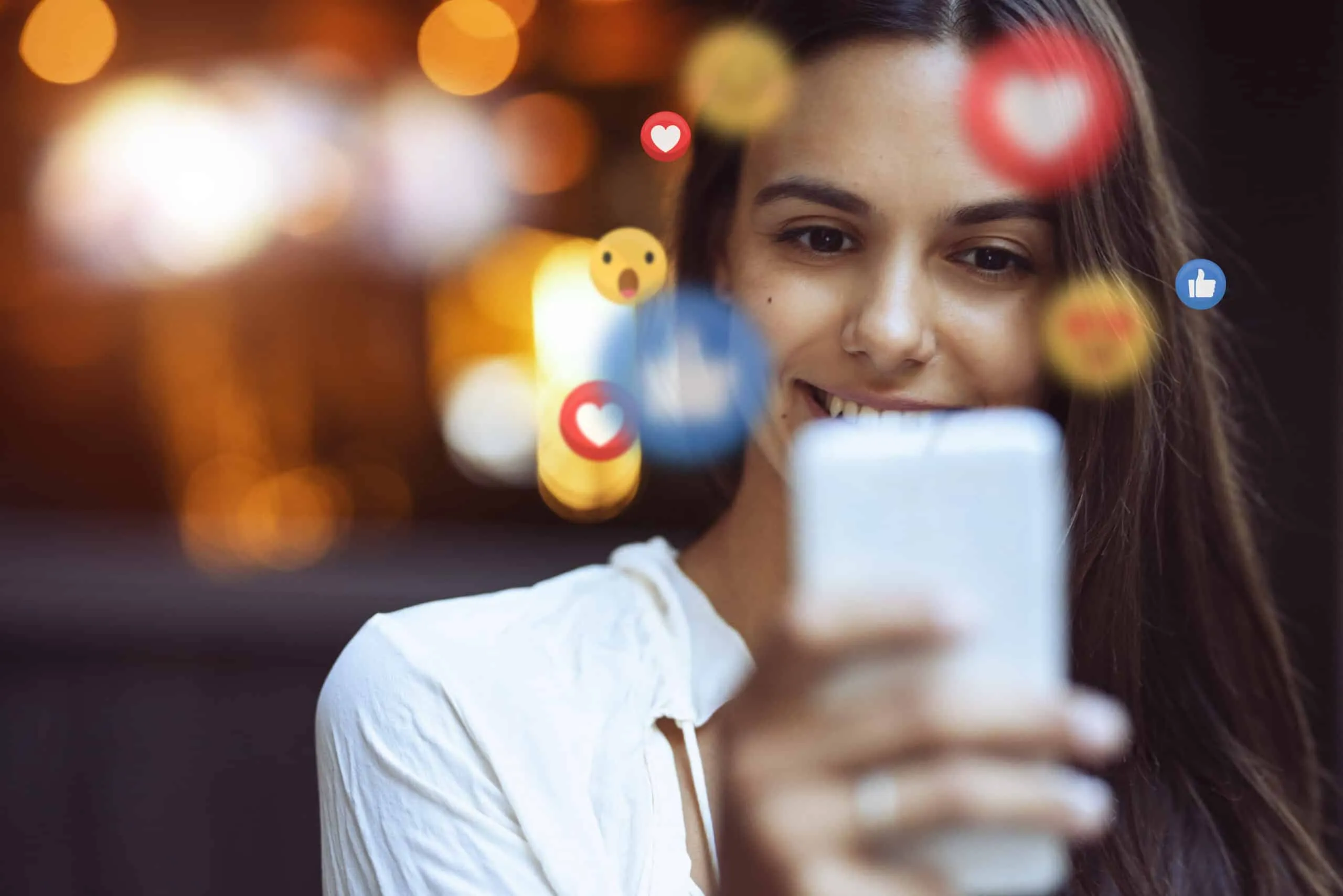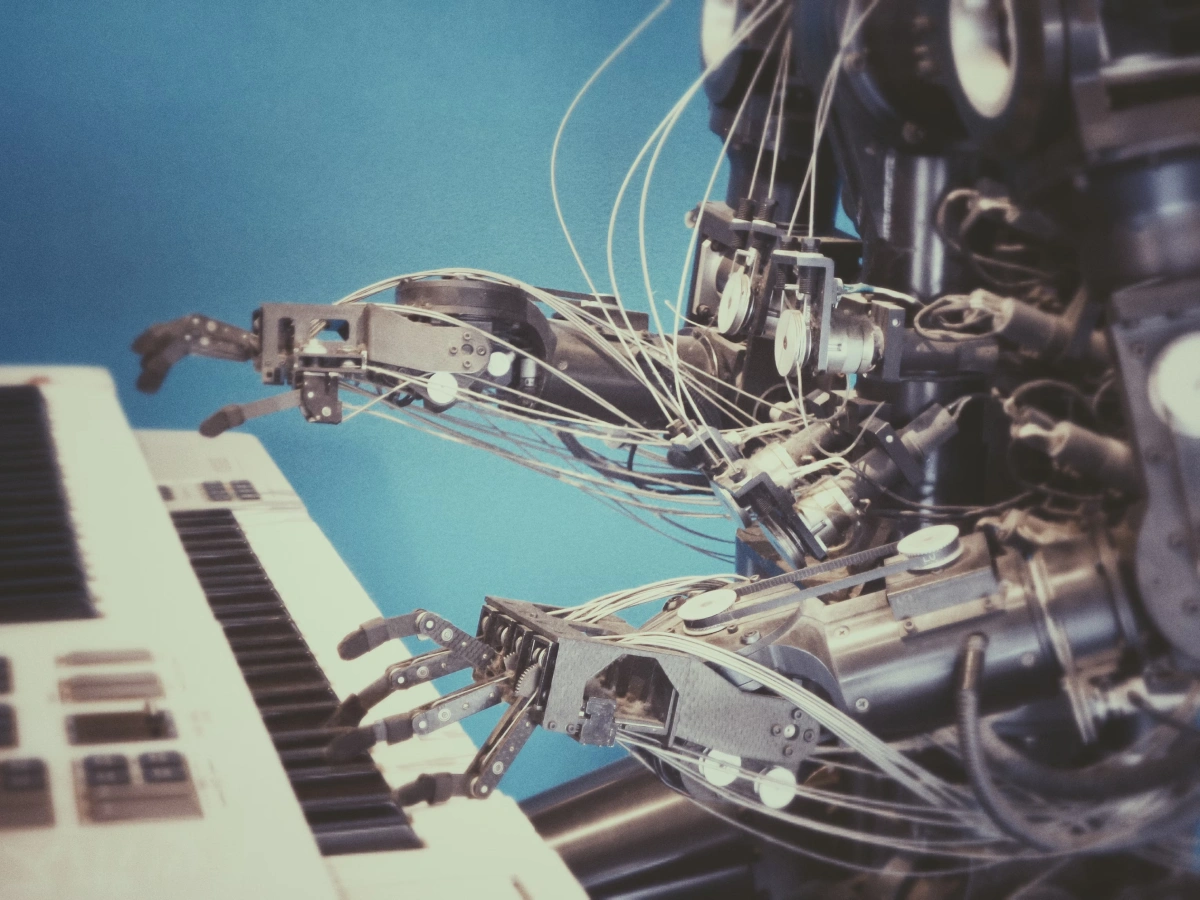A pregnant man, an empty battery, soap bubbles, a saluting smiley…it sounds like a wild collection of different terms when you first read them, but they are just some of the 37 new emojis that were officially introduced in September 2021. We all use the smileys and little pictures in our WhatsApp, Signal, or Facebook messages. But are emojis really the same all over the world? Are they the lingua franca, the universal language? The answer is a resounding “Yes and no!” Although many emojis are interpreted similarly from Northern Europe to South Africa, there are also some that have different meanings in different contexts, cultures, and countries. That’s why emojis also need to be translated and interpreted and localized by experts such as ACT Translations.
But let’s start from the beginning – with historical emoji classification
The colorful little images were born in 1999 and were invented by Japanese designer Shigetaka Kurita. Japanese is considered to be particularly rich in context and contains many layers of meaning. Therefore, it is not surprising that this country in particular was looking for a way to display the tone of a text. Initially, emojis were limited to Japanese phones. But when Apple launched the iPhone in Japan, the company soon realized that it had to support emojis in order to be competitive in Japan. Since iOS version 5, emojis have been available to iPhone users around the world and other operating systems have followed suit. Different skin colors for emojis have been available since 2015. Regional flags were introduced in 2017. Same-sex couples and same-sex families have been available since 2010. In the 2020/21 version, non-binary options and couples with different skin colors were also introduced. Even the Bible and Shakespeare have been translated into emoji.
It started with the laughing and crying face
Initially, every emoji is a draft that requires final approval from the Unicode Consortium. We currently have version Unicode 14, which comes with it 3,633 different emojis. The approval process for new emojis takes several months. According to the Global Emoji Trend Report 2021 , the laughing face and the crying face are still the most popular emojis in the world. The syringe emoji has been used significantly more frequently since the end of 2020 than before, which is of course related to the coronavirus vaccination.
Cultural differences
According to the study “An empirical study of emoji usage on Twitter in linguistic and national contexts”, emojis illustrate the general human condition. They represent the fact that we are more similar than different. Universal emotions dominate. However, there are also emojis that are perceived differently in different countries and cultures. This is why emojis also need to be categorized and possibly translated. Keith Broni from Ireland is considered the world’s first emoji translator. He and others are now also translating emojis used in marketing to ensure that they convey the right meaning and are not misinterpreted or perceived as offensive by the target group.
A few examples: The thumbs-up symbol is used in many countries as a sign of approval, but in Greece and the Middle East it is traditionally interpreted as vulgar or even offensive. Similarly, in China, the angel emoji, which in the West can symbolize innocence or a good deed, is used as a sign of death and can be perceived as threatening. There are also different international rankings: While in the English, French, German, or even Indonesian language setting, the emoji with folded hands always ranks in the top three of all emojis used, it only ranks place in Arabic-speaking countries. And it is not one of the top emojis at all in Urdu. This may be attributable to the fact that folded hands are not associated with praying in Arabic culture. In Japan, on the other hand, folded hands are a sign of thanks and are not necessarily associated with religious aspects.

Emojis are displayed and interpreted differently
On the one hand, there may be technical reasons for this difference: One and the same emoji can look completely different on different devices. And this means that users interpret it differently. For example, a smiley emoji sent from an iPhone may look unhappy on an Android device. A gun sent from an Android device shows up as a water pistol on an Apple device.
Furthermore, there are the previously mentioned cultural differences, which also need to be considered. For example, the applause emoji is used in many Western countries to show praise or express congratulations. In China, on the other hand, it is a symbol for the act of love. The slightly smiling emoji is not really used as a sign of happiness in China either. Instead, in China this symbol expresses mistrust or disbelief and sometimes even that someone is making fun of you.
What does this mean for you and the way you address your customers?
Companies and brands that want to use emojis in marketing must always be aware of how cultural differences can change messages. Emojis are not a universal language, but rather a visual language that complements our language.
Our translation experts can localize words as well as images and emojis so that you always convey the right message to your target group.
We would be delighted to help you with your individual translation requirements.







